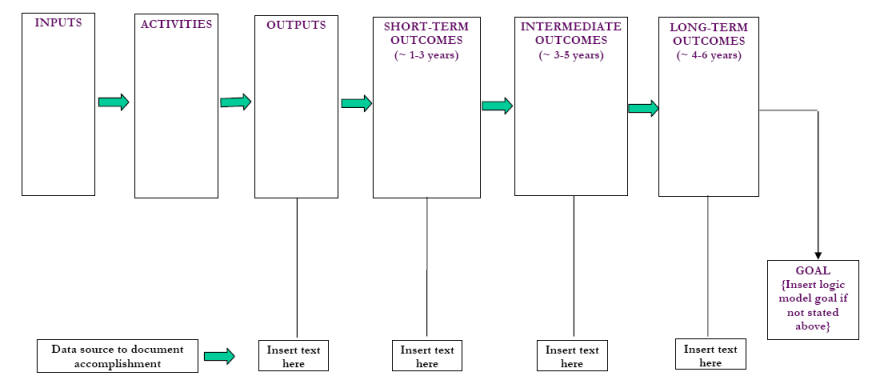
Project initiation stage
How do we Implement Programmes: designing and executing projects
While in the phase of project origination stage the project objectives (i.e. the solutions to the problem) have been identified, in the initiation we define the requirements of the beneficiaries so that they are empowered in contributing to solve the problems and achieve the objectives.
So successful projects begin with a detailed project definition that is understood and accepted by the stakeholders. By putting everything down in writing and by discussing it with the stakeholders helps to generate a commitment among project doers, project beneficiaries and other project stakeholders. .
The initiation stage determines the number, the nature and the quality of the project deliverables. This requires clear understanding of the project/programme purpose environment and making sure that the organization possesses all necessary competences and resources to undertake the project.
Once the project plan will be fixed the direct responsibility of the project team will merely be the delivery of the project outputs; so if there is no logical coherence between the outputs and the objectives, the objectives will not be achieved even if the implementing team does a wonderful job.
It is therefore vital to make sure that the project results really represent the resources needed by the other project stakeholders for achieving the objectives that they intend to achieve by themselves.
So while defining the scope of the project and decide if to go ahead with allocating resources to it it is very important to consider the role of all the stakeholders and forecast their requirements while utilizing project outputs as factors leading towards overall programme objectives.
This means to visualize properly how the project will have an impact on the programme and eventually in a wider context. A good project would have defined how the project results, obtained through external financial support) would be used by the social system in a manner that would no longer require external support. (See How can we plan a project so as to ensure that is sustainable?)
The activities that project teams carry out must produce outputs that will empower project beneficiaries to better interact with their communities and utilise project deliverables to achieve the project outcomes These outcomes will enable the communities to tackle the problems identified and produce changes in the factors generating these problems, thereby contributing to the achievement of the project objectives.
To make the project successful, it is necessary that project teams understand the requirements, needs and problems of the beneficiaries and that the beneficiaries understand the requirements, needs and problems of the communities.
If the project team has correctly understood the needs and problems of the target beneficiaries, they will be able to utilise the outputs to empower beneficiaries, i.e. move from outputs to outcomes If the project beneficiaries have correctly understood the needs and problems of the communities, they will be able to empower communities, i.e. move from outcomes to impact.
Without active contribution of beneficiaries, project outputs will not be utilised to achieve project outcomes Without active contribution of communities, beneficiaries will not be able to utilise outcomes to achieve impact.
At the core of Project Initiation a scope statement is developed on the basis of which the project designer leads a process of dialogue amongst project stakeholders so as to ensure a consistent understanding of the project scope, helping to set expectations and identify resources necessary to move the project to the next stage of detailed action planning.
(see the Guideline How to write a scope statement)
The document specifying the scope may be called differently in different organization (i.e. scope statement, project proposal, proposal, concept paper, etc.); the document may be more or less comprehensive according to the division of milestones in the phases of project designing and the attribution of related tasks to managerial levels within the organization. In any case a scope statement is conceptually different from a project plan as it centres about the needs and the objectives of a project rather then on the activities and the means required to achieve those objectives.
The project scope statement, that should include at least:
The scope document will not include a definition of the activities, i.e. the work needed in order to produce the project deliverables. They will be listed , detailed and budgeted in the project plan , i.e. the deliverable of the detailed planning phase of project management.
The project activities will then be designed (at a later stage) to deliver those products, services and know ledges that satisfy such requirements.
The deliverable that terminates the Project initiation stage (and opens the detailed planning stage) is the project scope document.
Guideline How to write a scope statement -
---------------
A technical note:
the relationship between project activities and project outputs is called "attributive" because project activities determine the output quality;
the relationship between project outputs and project/program outcomes and impacts as "contributive", because projects contribute but do not determine the quality of life of the intended beneficiaries of project outputs.
-------------
When projects are prepared in response to donor calls for proposals special procedures and special formats need to be applied as per the standards provided by the Donor. See Guidelines on How to Draft a Concept Paper for EC calls for proposals (Non State Actors and Local Authorities)
If the programme considers it strategic to foster a subsidiarity with an International Donor, then the Donor's call for proposals may trigger the origination of a project, provided the Donor programme and the Organization programme are subsidiary. See Developing projects in response to donor calls for proposals.
Guidelines:
See also:
Project Integration: one of the 9 topic areas of project management knowledge.

Correlation of objectives:
